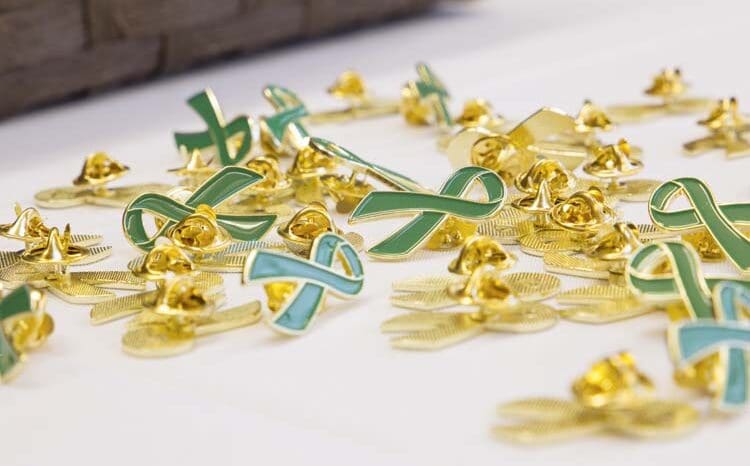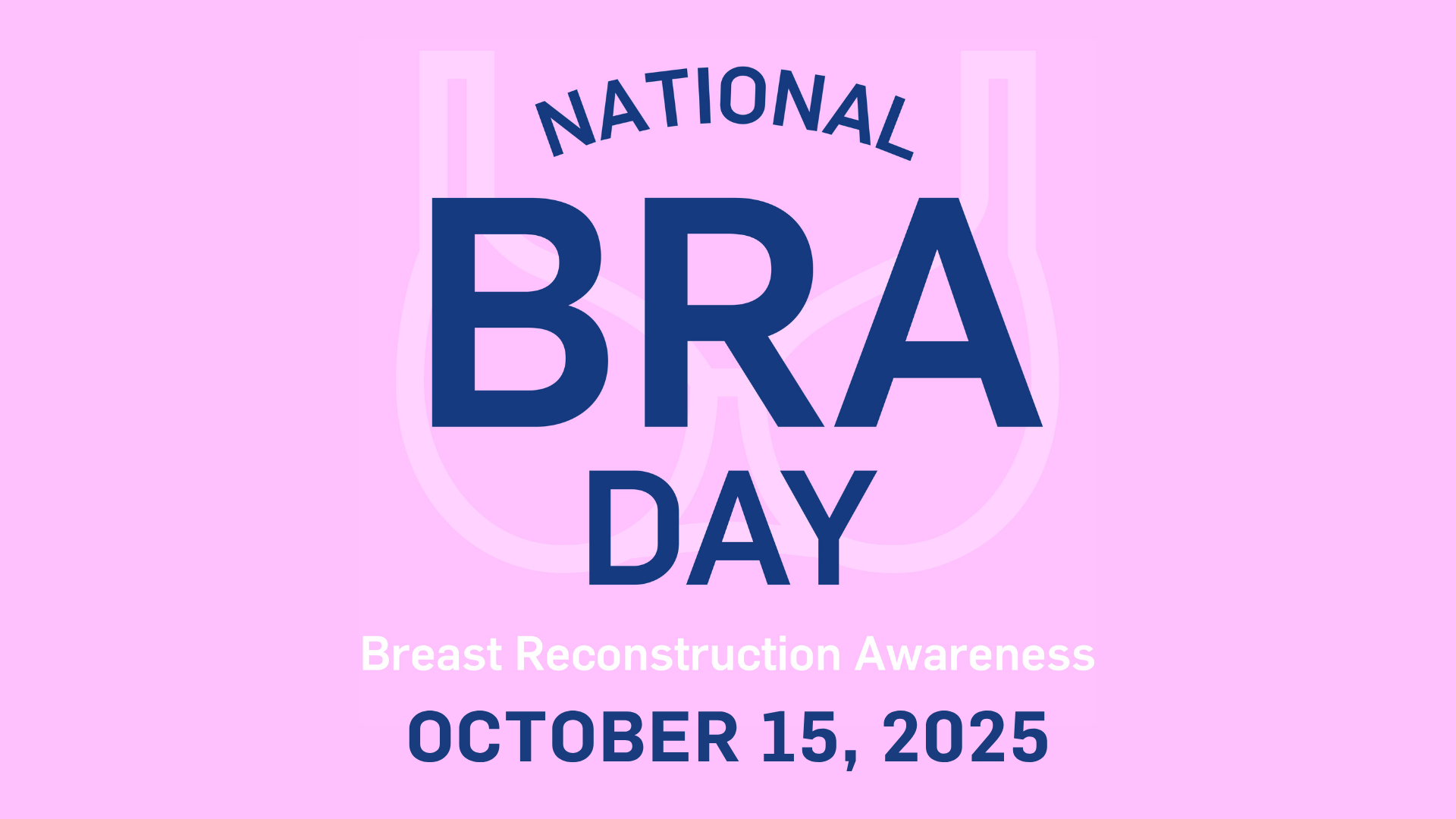Nearly 110,000 people are waiting for a lifesaving transplant in the US. That’s enough to fill Busch Stadium two and half times. The good news is that by becoming an organ, eye and tissue donor, you can give hope and life to patients awaiting transplant. Every day, people are able to get back to their daily life activities alongside family and friends because of the selfless decision of another to give the gift of life through organ, eye and tissue donation. What are the main types of donations? The four different types are: living donation, deceased donation, tissue donation and pediatric donation.
Living donation
The reality for many people on the organ transplant list is the wait can be lengthy and uncertain. Living donation is one type of organ donation that offers another choice for transplant candidates. Relatives, loved ones, friends and anonymous strangers can serve as a living donor all while getting the opportunity to see the outcome of their selfless gift. The best part? Kidney and liver transplant candidates that receive a living donor transplant can often receive the best quality organ much sooner, in many cases in less than a year. Living donation also serves a great need considering more than 85% of patients waiting are in need of a kidney and 11% are in need of a liver. Plus, a living donation is often the result of generosity from a complete stranger since, on average, one in four living donors are not biologically related to the recipient.
Deceased donation
Passing on the gift of life and being someone’s hero is as easy as registering as an organ, eye and tissue donor. By adding your name to the organ donor registry, you’re consenting to give life to others through deceased donation. Deceased organ, eye or tissue donation is the process where an organ, eye or tissue is transplanted to another person at the time of the donor’s death. The opportunity to donate organs via deceased donation is actually quite rare. Only about 2 percent of Americans die in circumstances that allow for organ donation. Usually, a person has died from a fatal brain injury, often caused from massive trauma resulting in bleeding, swelling or lack of oxygen to the brain. Only after every effort has been made to save the patient’s life and brain death has been declared does organ donation become an option. Through the incredible generosity of one donor, up to eight lives can be saved by donating organs after death.
Tissue donation
Tissue donation is a common way to pass on the gift of life. Donating tissue such as skin, bone, and heart valves can help heal and improve the quality of life for recipients. Cornea donation helps provide the gift of sight to up to two recipients. One donor can heal 75 lives through tissue donation including burn victims, breast reconstruction surgery, athletes with torn ligaments or tendons, military personnel who have been injured in combat, and by repairing musculoskeletal structures such as teeth, skin, and the spine. Vascularized Composite Allografts (VCA) involves the transplantation of multiple structures. Hand and face transplants are one of the most common types of VCA. More than one million tissue transplantation procedures are performed in the United States each year, returning vital function and identity to people suffering from a devastating injury or illness.
Pediatric donation
Pediatric donation is considered one of the four types of organ, eye and tissue donation because of the complexities involving children. With pediatric donation, organ size is critical to long-term success. Children often respond better to child-sized organs, which is why this type of donation differs slightly from other organ donations. There are currently 2,000 children under the age of 18 waiting for a lifesaving organ transplant and nearly 25% of them are under five years old.
The importance of all types of organ, eye and tissue donation
Each type of organ, eye and tissue donation brings hope for the thousands of people awaiting transplants. Every nine minutes another person is added to the waiting list. By registering to be an organ, eye and tissue donor, you could potentially pass on a lifesaving gift to someone in need. While you may never see the impact of this personal decision first-hand, it’s a legacy that will be seen and felt by your friends, family, community and even perfect strangers. As an organ, eye and tissue donor, you can leave a legacy of love and healing.
A healthy heartbeat. The chance to walk again. The gift of sight. Donation empowers transplant patients to take back life’s most important moments. The majority of your family, friends and neighbors have already added their name to the organ donor registry. Are you one of them? By registering as an organ, eye and tissue donor, you can bring hope to patients and families who are holding out for a miracle. Sign up for the donor registry and increase the chance that patients waiting will get the transplants they need to survive.



